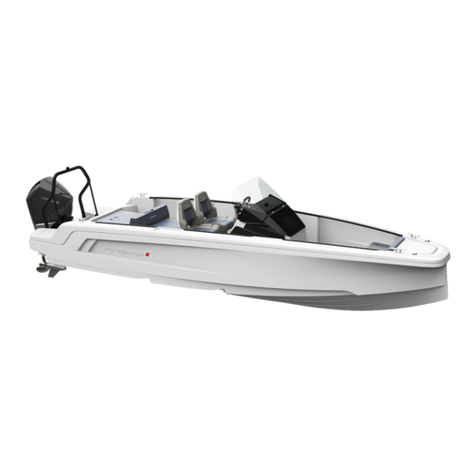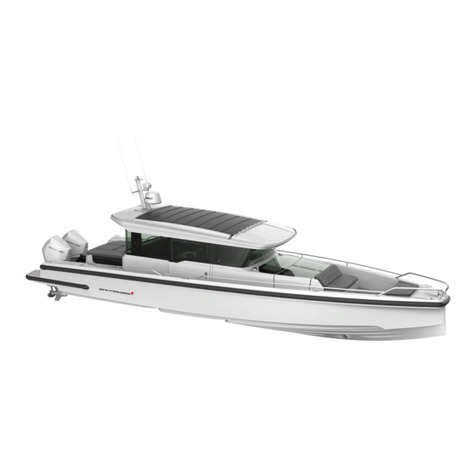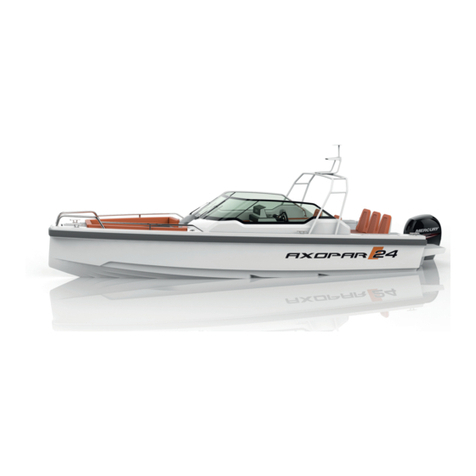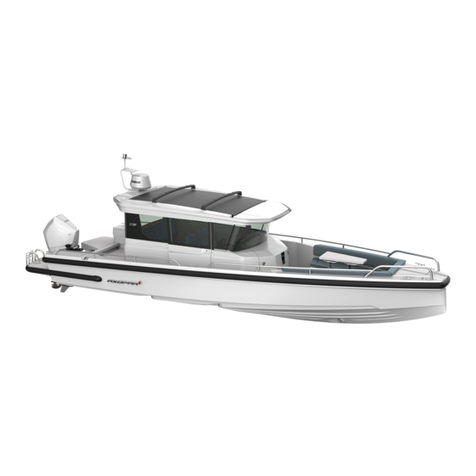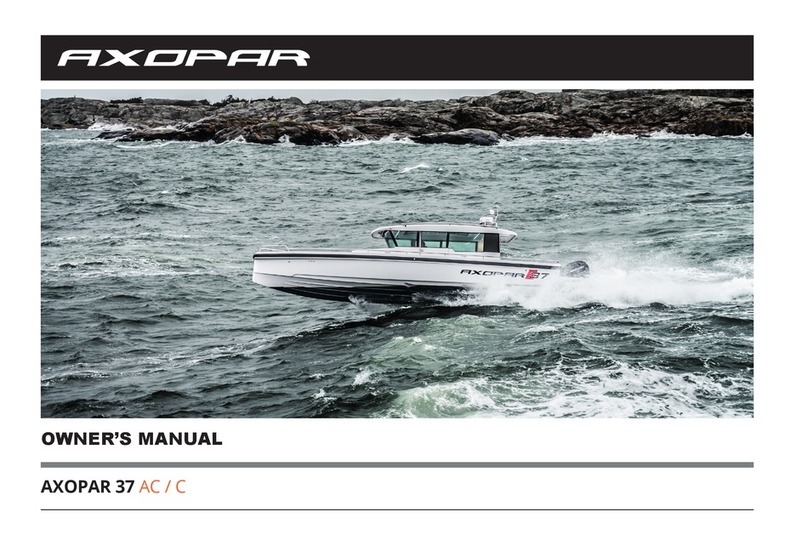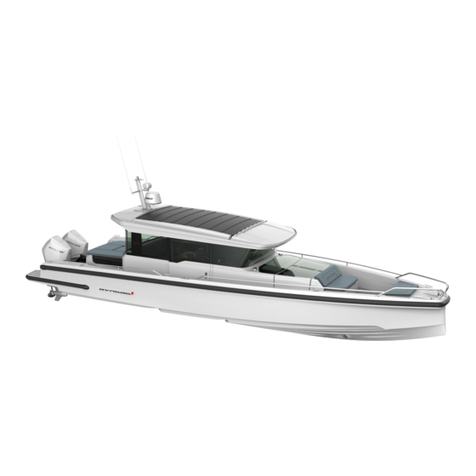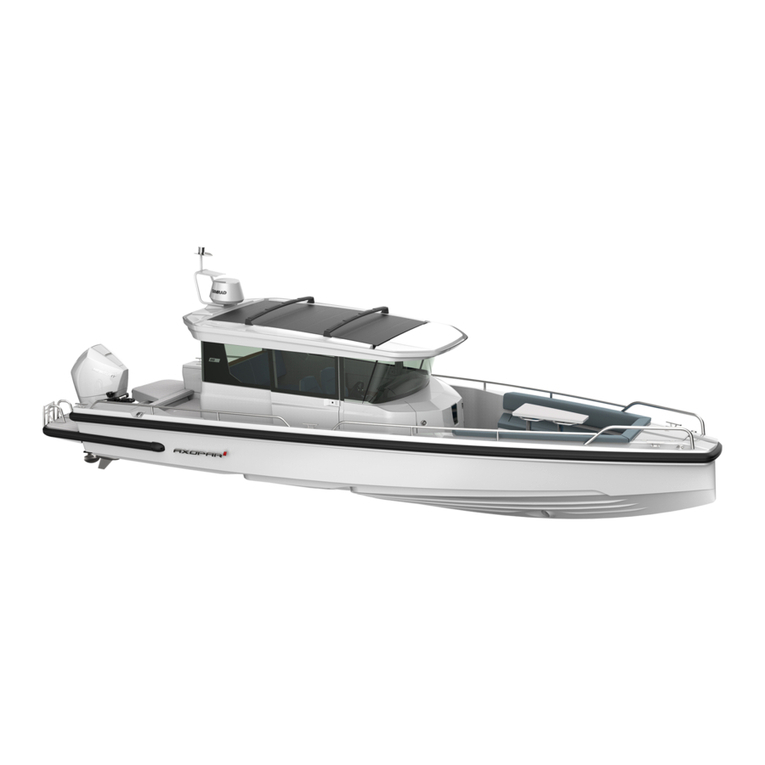FOREWORD ..................................................................................... 2
INTRODUCTION ............................................................................... 4
Symbols used ................................................................................... 4
Identification .................................................................................... 5
Manufacturer’s plate......................................................................... 5
General layout Cabin ........................................................................ 6
Work decks and swim ladders Cabin ................................................ 7
General layout AC ........................................................................... 8
Work decks and swim ladders AC .................................................... 9
Technical data ................................................................................ 10
Declaration of conformity .............................................................. 11
Toilet-, black water- and grey water systems ................................... 12
Electrical system ............................................................................. 14
Bilge pump system ......................................................................... 16
Deck and security equipment ......................................................... 17
Fire control and fuel-,
cooling-, and gas systems .............................................................. 18
LPG equipment .............................................................................. 20
Installation of LPG equipment ........................................................ 21
Steering system .............................................................................. 22
Environment .................................................................................. 23
CONTENTS
HANDLING OF THE BOAT ............................................................... 24
Starting the engine ........................................................................ 24
Before weighing anchor ................................................................. 24
Leaving the jetty ............................................................................ 25
Stability and buoyancy ................................................................... 25
Driving the boat ............................................................................. 25
Dead man’s switch ......................................................................... 26
Driving at high speed ..................................................................... 26
Using the trim tabs ........................................................................ 27
Driving in rough seas ..................................................................... 28
Manoeuvring in narrow channels ................................................... 28
Docking ......................................................................................... 28
Before anchoring ........................................................................... 29
Anchoring, mooring and towing .................................................... 29
AFTER RUNNING THE ENGINE(S) .................................................... 30
Maintenance .................................................................................. 30
Wooden interior ............................................................................ 30
Cover ............................................................................................. 31
Preventing frost damage ................................................................ 31
Lifting and transporting ................................................................. 32
Actions before winter storage ......................................................... 33
Action before launching ................................................................. 33
APPENDIXES ................................................................................. 34
1






